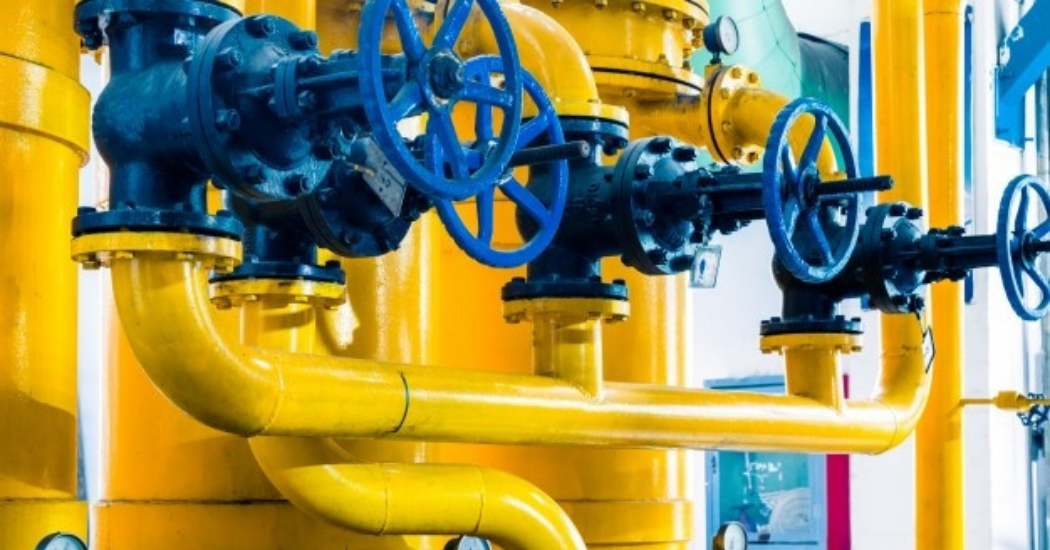Pumps are vital components for any piping system. They produce flow in the desired direction, thereby creating the required pressure. Pump failure is undesirable as it impedes the continuity of processes. There are different types and sizes of pumps; each requires special maintenance attention depending on the frequency of use and nature of service media. Proper pump maintenance extends service life, improves safety standards and minimizes the cost of operation. Despite this, companies still make some mistakes when maintaining their pumps. These mistakes range from deliberate deferment of mandatory maintenance to a lack of suitable maintenance plans. These are some common mistakes that you should avoid.
1. Delaying maintenance
Pump manufacturers provide recommendations of preventive maintenance tasks and their intervals. They outline guidelines for inspecting and replacing crucial components. Unfortunately, some individuals treat maintenance as a corrective activity. That is, replace, repair or source spare parts only when the pump breaks down and can no longer run. With pump maintenance, processes experience a sustained downtime with some expenses to cater for wages and spare parts.
By deferring maintenance, you increase the risk of pump failures. When unforeseen pump damage occurs, there is an apparent spike in the quantity of maintenance workload and confusion over the availability of the repair supplies. Extreme pump failures could lead to irreversible damage and demand the costly installation of new units.
Make it a habit to strictly adhere to recommended maintenance schedules. Do not disregard minor maintenance activities like cleaning, lubrication or visual inspection. Ensure proper management of pump maintenance inventories so that essential supplies are available at each maintenance cycle.
2. Using incorrect replacement parts
When maintaining pumps, technicians change several parts. They can choose from the original equipment manufacturer (OEM) parts or generic parts. The latter is usually cheaper and readily available, yet they can lower the efficiency of pumps. The dimensions of critical replacement parts like O-ring seals must be of the same dimension as the original. Slight variations in component tolerances could result in poor sealing or excessive tension leading to premature pump damage.
Selecting replacement parts for pump maintenance requires careful evaluation of the manufacturing material. If you are changing worn-out stainless steel spacers, purchase or machine new sets having exact sizes and manufactured from the same material grade.
It is prudent to purchase pump maintenance parts from original manufacturers or verified suppliers. They keep stock of all critical maintenance parts, including hard-to-find components. Some manufacturers offer after-sales services, offering to dispatch skilled technicians who replace these parts quickly and accurately.
3. Lack of proper maintenance plans and training
A maintenance plan distributes resources and provides guidelines for managing maintenance supplies and budgets. It outlines proactive and preventive activities that individuals should adhere to for long-term maintenance of pumps. Maintenance technicians require continuous training to enhance their knowledge of pumps, modern maintenance tools, troubleshooting and repair skills.
Pump maintenance plans and training are often overlooked. The pumps run until they fail; only then do companies realize they lack necessary maintenance supplies or skilled technicians. In some circumstances, the company may have maintenance and training plans but will lack in some aspects. One may focus solely on seal inspection and replacement but fail to cater to components like impellers, bearings, electric wiring or auxiliary components like valves.
A better approach to this is developing a robust maintenance strategy that identifies the maintenance needs of each pump and outlines mandatory training programs for responsible personnel. Companies have different maintenance strategies to choose from depending on the sophistication of pumps, availability of skills and tools, and the allocated maintenance budget.
4. Failing to follow the manufacturer’s manual
Manufacturer manuals provide vital information on suitable pump operating conditions, best maintenance practices and alternative replacement parts. Manuals have step-by-step procedures for disassembling, inspecting, cleaning, lubricating, reassembling and testing pumps. They provide technical information like allowable tolerances, bolt torque and power ratings. In practice, few people bother to read and adhere to the instructions contained in these manuals.
Manuals contain an indispensable amount of information that can cut down the troubleshooting of common pump problems. They outline best practices to follow during operations and maintenance to prevent errors. Few people bother to read through pump manuals and keep them in the archives. It is unlikely that they refer to manuals when problems arise or when they are performing maintenance.
Summing Up
Pump maintenance mistakes are preventable. At the most basic, follow the recommendations provided by the manufacturer on the operation and maintenance of pumps. Establish and enforce a suitable maintenance plan and invest in an appropriate maintenance technology solution like Computerized Maintenance Management Systems (CMMS). These digital solutions are data-driven and enable companies to streamline pump maintenance workflows and improve the accuracy of operations.
Bryan Christiansen is the founder and CEO of Limble CMMS. Limble is a modern, easy-to-use mobile CMMS software that takes the stress and chaos out of maintenance by helping managers organize, automate, and streamline their maintenance operations.




